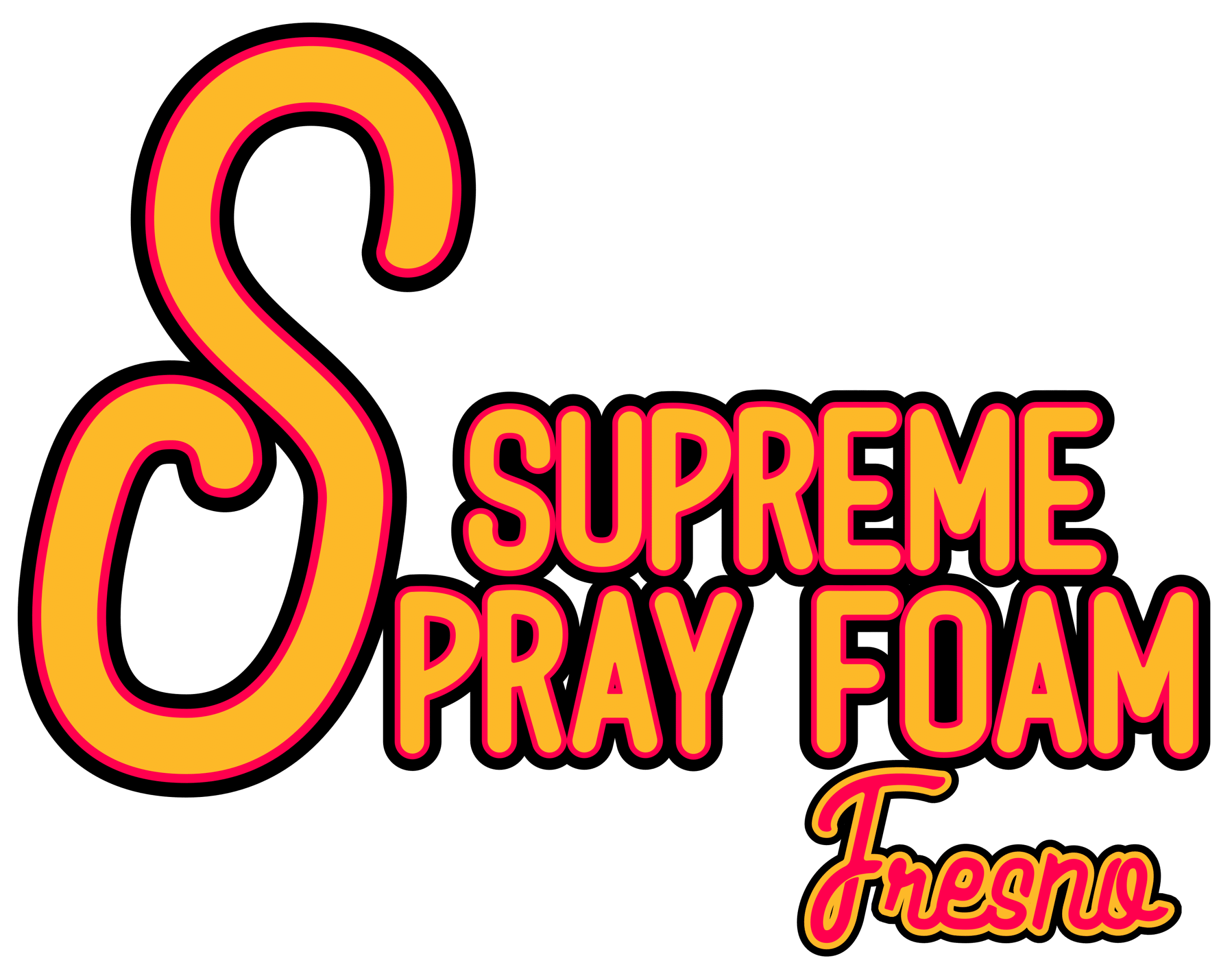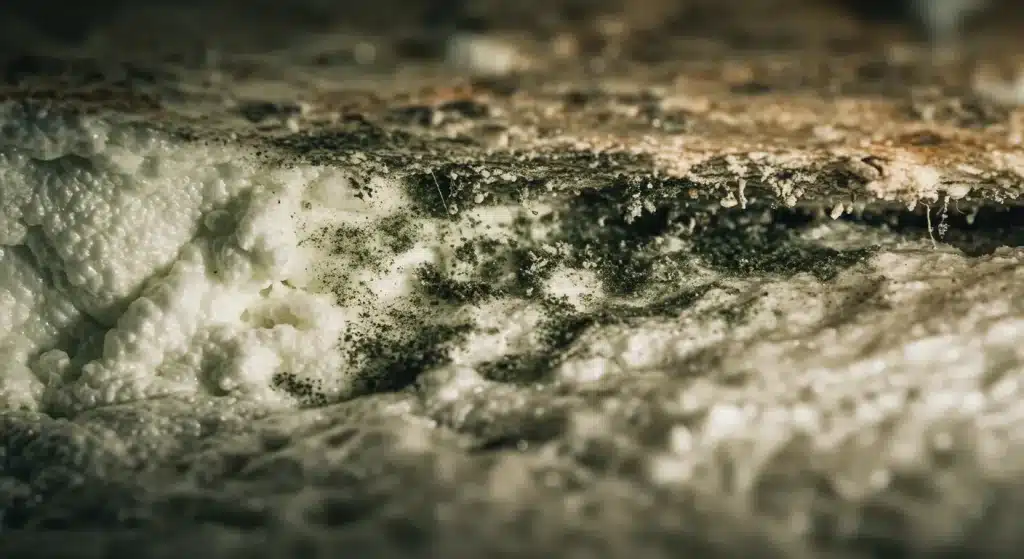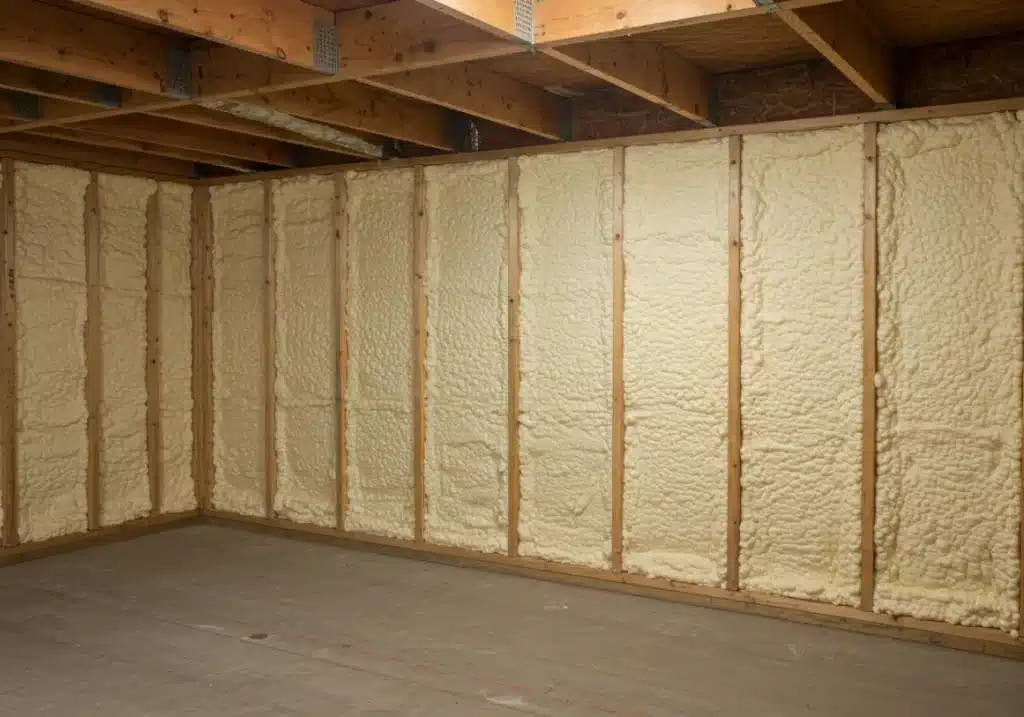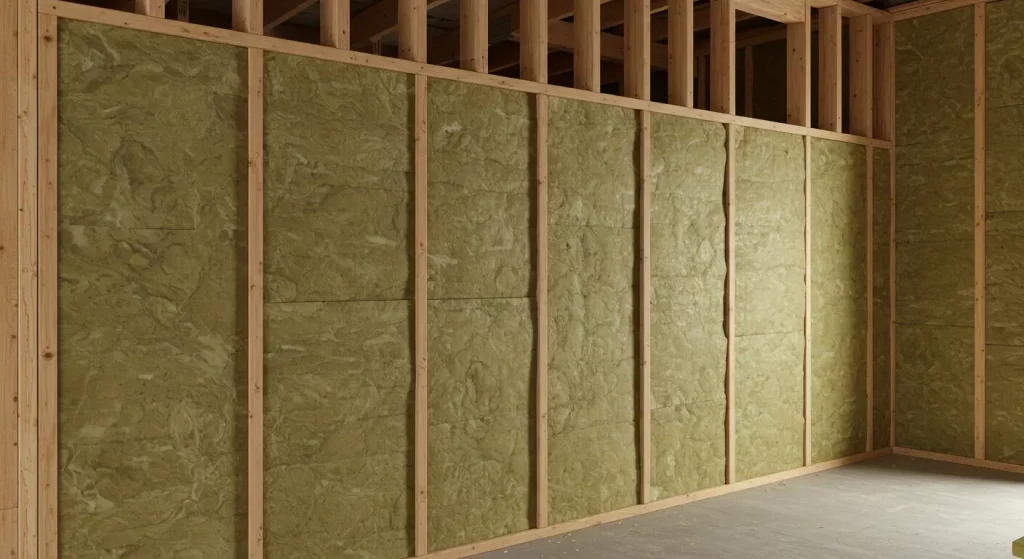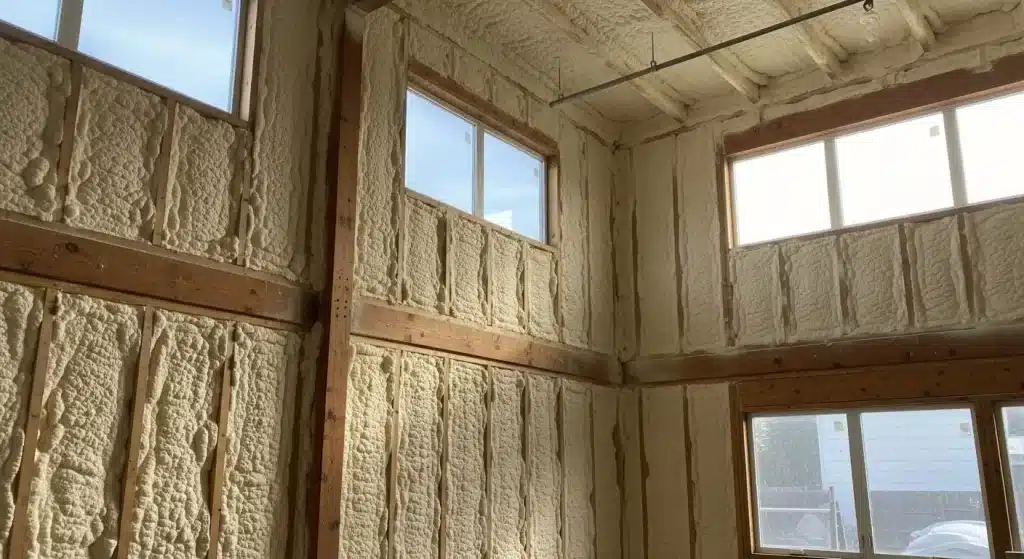You’ve probably heard that spray foam insulation is great at sealing up your home and keeping moisture out—but does that mean it’s mold-proof? Not quite.
While spray foam does an excellent job of creating an airtight barrier, mold can still grow behind it under certain conditions. Mold needs three main things to thrive: moisture, something organic to feed on (like wood), and the right temperature. If spray foam is installed over damp surfaces or in areas with hidden leaks, mold can find a way in even behind the foam.
Let’s break down how that happens and what to do about it, especially if you live here in Central California where weather patterns can make things tricky.
When and Why Mold Grows Behind Spray Foam
Spray foam itself doesn’t support mold growth—it’s not made from organic material. But if moisture gets trapped between the foam and something like wood or drywall, mold can develop on those surfaces.
Here’s what mold needs—and how spray foam affects that:
| What Mold Needs | Can It Be Found Behind Spray Foam? | Why It Matters |
|---|---|---|
| Moisture | Yes, if leaks or dampness exist | Foam seals in moisture if applied to wet surfaces |
| Organic Material | Often (like wood studs or drywall) | Mold feeds on these surfaces under the foam |
| Warm Temperature | Yes, indoors stays warm year-round | Ideal for mold if other conditions are met |
Pro tip from the field: Before installing spray foam, use a moisture meter to test the walls or wood. Foam locks in whatever is already there. If the material is wet even just a little you’re sealing that moisture in.
Technical specifications of spray foam insulation
Proper spray foam application plays a critical role in preventing mold. Here’s a technical breakdown comparing open-cell and closed-cell options:
| Feature | Open Cell Foam | Closed Cell Foam |
|---|---|---|
| Perm Rating (Vapor) | 10+ (Highly permeable) | 1 or less (Highly resistant) |
| Moisture Absorption | Higher (can retain water) | Low (resists water infiltration) |
| R-Value per inch | ~3.6–4 | ~6–7 |
| Adhesion Strength | Lower | Higher |
| Application Areas | Interior walls, soundproofing | Exterior walls, crawl spaces, roofs |
| Mold Resistance | Moderate (if dry) | High (if properly installed) |
Technical Specs Summary:
| Specification | Value Range (Open Cell) | Value Range (Closed Cell) |
|---|---|---|
| R-Value per Inch | 3.6–4.3 | 6.0–7.0 |
| Water Absorption Rate | Up to 5% | <0.3% |
| Vapor Permeability | 10–16 perms | 0.8–1.2 perms |
Source:
Building Science Corporation (2023), International Residential Code (2021)
Region-specific insulation risks in Central California
In Fresno and the surrounding Central Valley, spray foam insulation must be installed with special attention to moisture control:
- Hot, dry summers: Encourage rapid evaporation but can mask latent water from leaks.
- Cool, foggy winters: Increase vapor drive from inside-out, risking condensation behind walls.
- Older homes: Often lack vapor barriers, making substrate prep essential.
Bonus Tip (Based on Fresno Installations):
Use closed cell spray foam in crawl spaces and attics with known humidity issues. It acts as a vapor barrier and reduces mold risk more effectively than open cell.
Before You Insulate, Ask These Questions
Don’t rush into spray foam installation without checking a few key things first:
- Is the home older? Older homes may have hidden leaks or materials that hold moisture.
- What kind of walls are we working with? Wood frames hold moisture more than masonry.
- Do we need ventilation or drainage upgrades? Poor airflow encourages mold behind walls.
- Was there recent rain or plumbing work? If so, wait until everything is completely dry.
- Are we using the right foam in the right place? Closed-cell for wet areas, open-cell for dry ones.
Questions We Hear All the Time
Can spray foam trap moisture that’s already in the wall?
Yes, if there’s moisture already there, spray foam can seal it in. That’s why checking for dampness first is crucial.
Which foam is better for mold prevention—open-cell or closed-cell?
Closed-cell is the better choice where moisture is a concern. It resists water and acts like a vapor barrier.
Will drywall removal always reveal mold behind foam?
Not necessarily. Mold can grow behind foam for a while before you see signs. Look out for musty smells or increased allergies indoors.
Do I need a vapor barrier with spray foam?
With open-cell foam—yes. With closed-cell—not usually, as it’s already very resistant to moisture.

